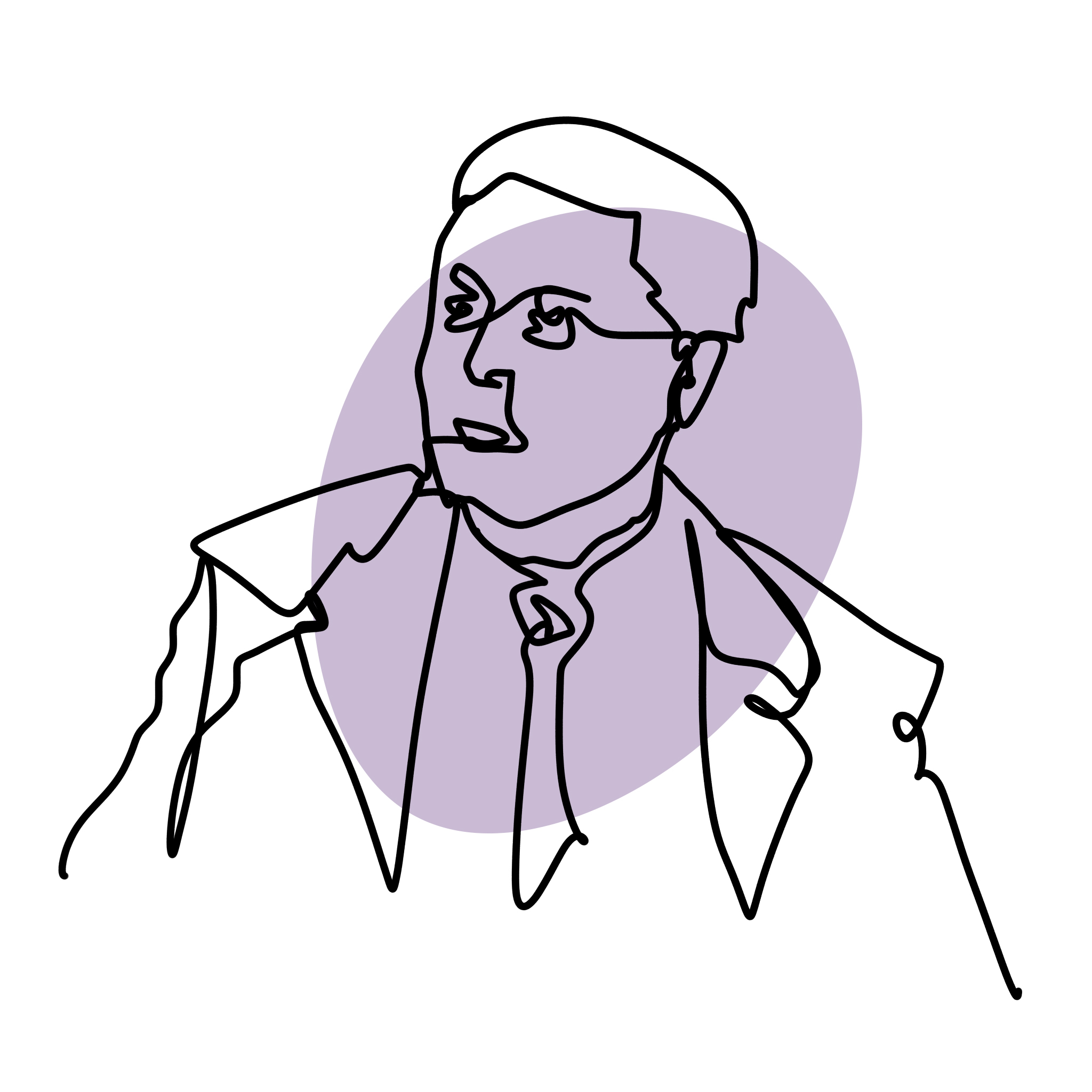As in many fields, technology has contributed substantially to the spread of recorded music. The evolution of playback sound has been fast and overwhelming: from the first 19th century miraculous instruments able to "catch" it, passing through the very first records diffused in the 1910s, compact disks, up to today's listening devices, incresingly smaller and easier to handle. But as for every evolution, each step forward has been characterized by different media and supports, each one with its own attributes and qualities. Just think of the 90s audio cassette, whose tape use to be rewound with a Bic pen: its use remains as a symbol of the past.
Starting from the supports we can see which audio record has been in vogue for the longest time. Recorded music made its debut in 1877, when Thomas Edison invented the phonograph, the first example of sound recorded and played back. It worked through a metal cylinder tapped through a needle that used the vibrations of the voice to speak: by turning these cylinders at a constant speed it was possible to reproduce the sound previously recorded. In the 1880s, however, efforts were made to find something simpler than the cylinder, and a few decades later the first gramophone records appeared. After several attempts to sell disks on a commercial scale, in 1948 Columbia produced the first recorded vinyl, which was using the same technology as the phonograph: a metal pin followed the grooves of the turntable, and the sound reproduced through the vibrations transferred to a membrane. The players base, where the vinyl was placed, was driven by a spring mechanically loaded through a crank that was later replaced by an electric motor.
Many sound purists still prefer turntables and vinyl today, as the sound ranges from analog (a musical instrument) to analog. But we wonder what is the difference between vinyl and other obsolete media such as cassette, cd-rom and the most recent mp3. Why have vinyl records remained and continued to be produced, sold and collected? The nostalgia factor plays a large part in it. Listening to music on vinyl is perhaps the ritual of rituals: taking the record out of its cover, putting it on the platter and gently placing the needle to start the sound is, more or less, already music, or at least a great prologue to musical pleasure. Another crucial part of the success of "modern" vinyl is the charm and longevity of this medium which spread extensively in the '70s, and remained for several decades the preferred and predominant format for music (while the cassettes demagnetized and the CDs were discarded, vinyl is still the most resistant support that exists).
To give you an example, in September 1977 NASA decided board onto space ship Voyager 1, the famous "Voyager Golden Record", a record for gramophone in gold-plated copper, which contains sounds and images selected to present varieties of life and cultures on Earth. Instructions for reproducing the recorded sound are attached to the back.
Finally, another unique factor that distinguishes vinyl records is their covers: they can be real works of art. Just think of the very minimal album "The Beatles", also known as "The White Album", designed - or not - by the English artist Richard Hamilton, or "The Velvet Underground & Nico" album's cover with its iconic banana designed by Andy Warhol. The vinyl therefore offers a very original combination of music and image that fits perfectly into the context of the house. Often, in fact, these albums have been framed or put on display to enhance their beautiful graphics, created by artists or made in limited editions: tools for decorating and furnishing with taste, as they are useful, full of charm and truly timeless.






.png)





